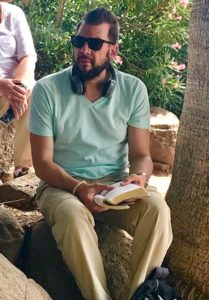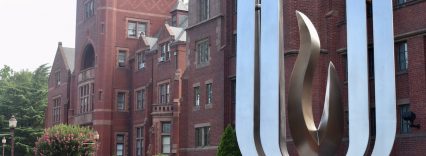Middle East Travel Seminar: Diverse cultural perspectives in Roman-era Zippori
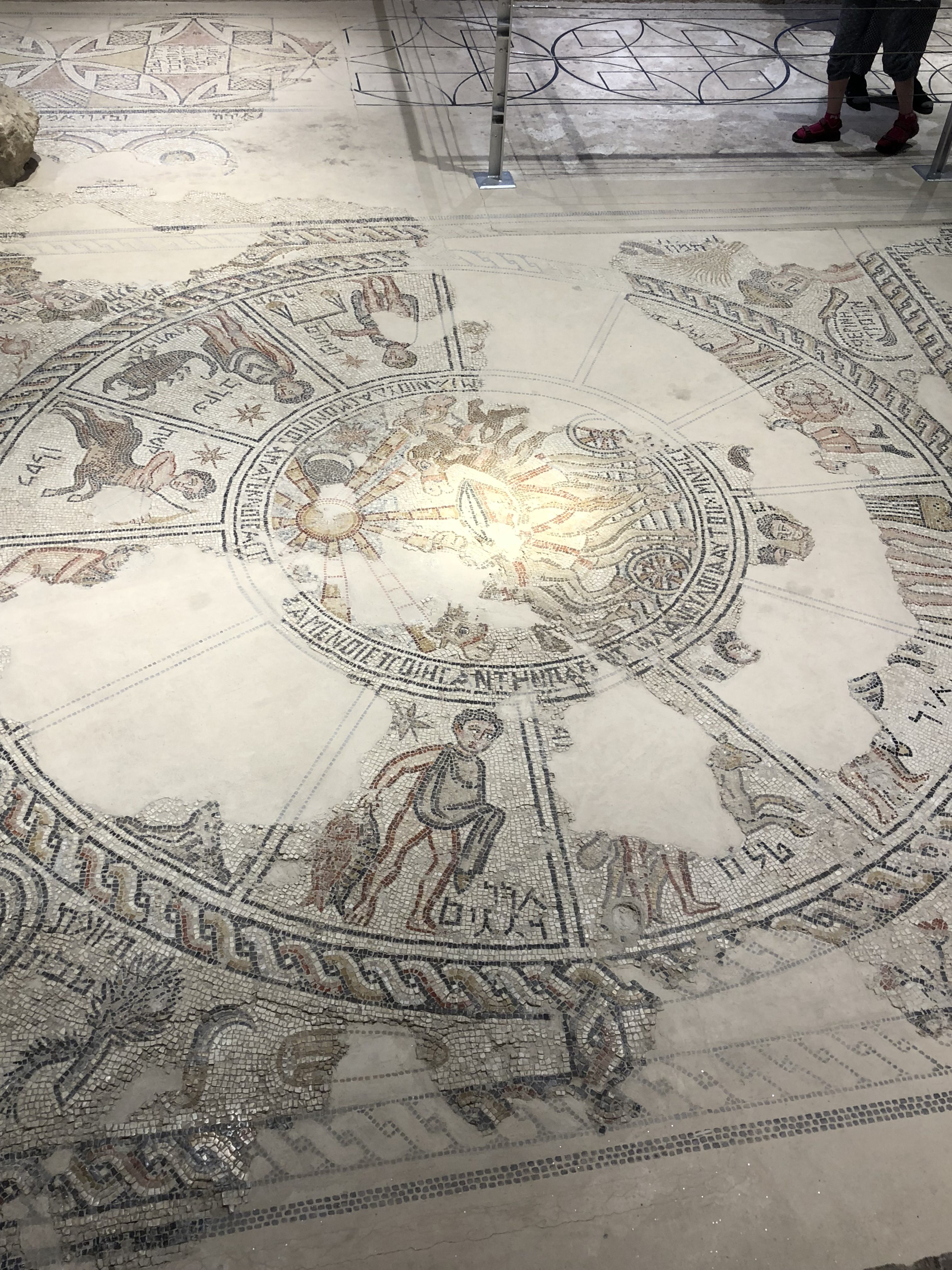
BY JOSHUA LEWIS
Saturday began as we have become accustomed to, a large breakfast with one another and an exquisite view of the Sea of Galilee as we loaded our tour bus. The only thing that could have made things a little better would have been finding a Starbucks. Unfortunately, we had no such luck.
Our first visit of the day was to Zippori (Sepphoris). Zippori was a Roman-era, Jewish city, whose remains speak to us of Hellenistic Jews and their openness to incorporating diverse cultural perspectives into their own art and religious practice. This openness was immediately apparent while viewing the mosaic tile floor of the unearthed synagogue on the hilltop city. This Jewish synagogue was decorated with beautiful mosaic stories and figures familiar to most Christians. What was most striking, however, was the large zodiac symbol in the center of the room (top photo). The zodiac symbol was most certainly not Jewish, but it had found its place permanently etched into the history of this place of worship.
Following the synagogue, our group gathered for a morning of devotion and Scripture reading. It was here that we felt as if we had been transported back in time as we sat in the ancient Roman theater. Dr. Rick Spencer, Emeritus Professor of Religion from Appalachian State University, spoke to us from John 2 about the glory of God revealed in Jesus Christ while at the wedding in Cana. It has been amazing having Dr. Spencer on the trip with us all. He was one of our own, Dr. Carson Brisson’s, professors when HE attended seminary. Dr. Spencer is a treasure trove of information. His message to us was both stimulating intellectually and moving emotionally.
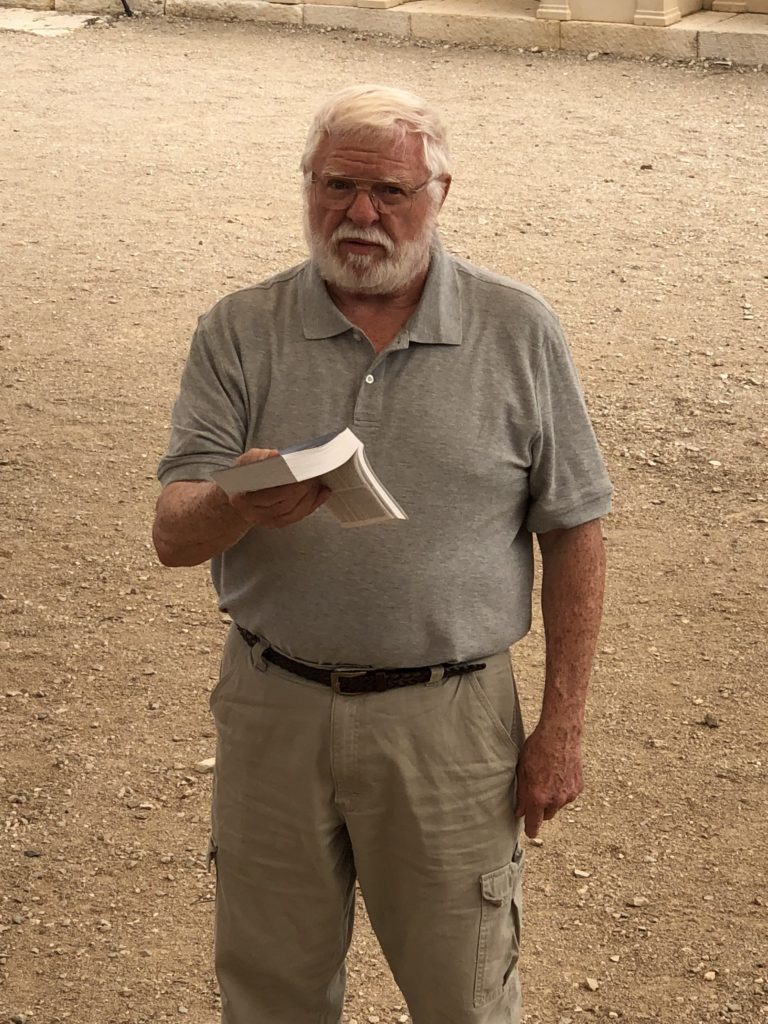
Dr. Rick Spencer
What made Zippori the most fascinating to me, was the realization that just four miles away sat a little village named Nazareth. Zippori is not mentioned in the biblical records, but this Galilean city was a hub of economic, religious, and cultural prosperity during the formative young years of Jesus’ life. Many assume that Jesus and his family would have traveled to Zippori for commerce or even work. While we may never know for certain, what we have come to find on this trip time after time, is that the Roman occupation loomed large in Palestine during Jesus’ life on earth and certainly influenced His ministry. It was within the shadows of cities like Zippori, that the Jesus movement was gaining traction until it’s explosion in the city of Jerusalem, also under Roman occupation.
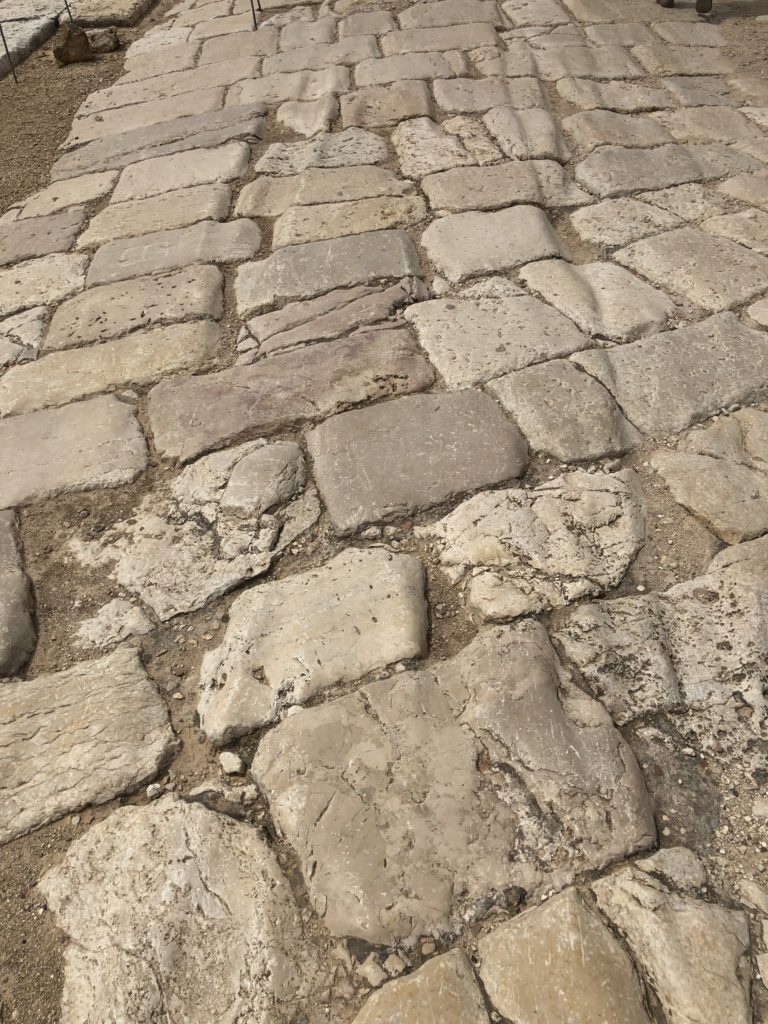
Chariots left wheel marks in this Roman road in Zippori.
Later in the afternoon, following a few unexpected diversions, we were welcomed onto a rustic trail in a canyon called the Wind Valley. The Wind Valley provides a direct route from the Galilee to Nazareth. As I often do, I walk towards the back of our group wherever we visit so that I can take in every site one last time before moving ahead. As I walked I could hear the crumble of rocks underfoot and hear the chatter of talking from others ahead of me. I took in the wildflowers that sprouted up like welcoming guests and I watched a herd of goats fight one another for the same leafy branch. It was there, in the heat of the day, overshadowed by mountains on both sides of me, that I reflected again on the object of my worship, Jesus the Christ. He walked these lands. He saw these same mountains and felt the same dry heat that I have become antagonistic towards. In the raw, ruggedness of this rocky trail, I felt more connected to Christ than the museums and artifacts from former Roman era cities. In nature, walking on a trail that was not on our itinerary, scorched by the late afternoon sun, a sacred space developed and I sensed the presence of the man from Galilee.
Our walk on the trail is a microcosm of what our Christian faith should actually be, unexpected encounters with God in places and times least expected and among those that you didn’t anticipate joining you!
Joshua S. Lewis will be graduating with a Master of Divinity degree upon returning from the Middle East. He is currently applying to Ph.D. programs and plans to do research in his tradition of Pentecostalism. He is a blessed father of four beautiful children and currently serves as interim pastor to Indian View Baptist Church, a Native American church located in King William, Virginia.
